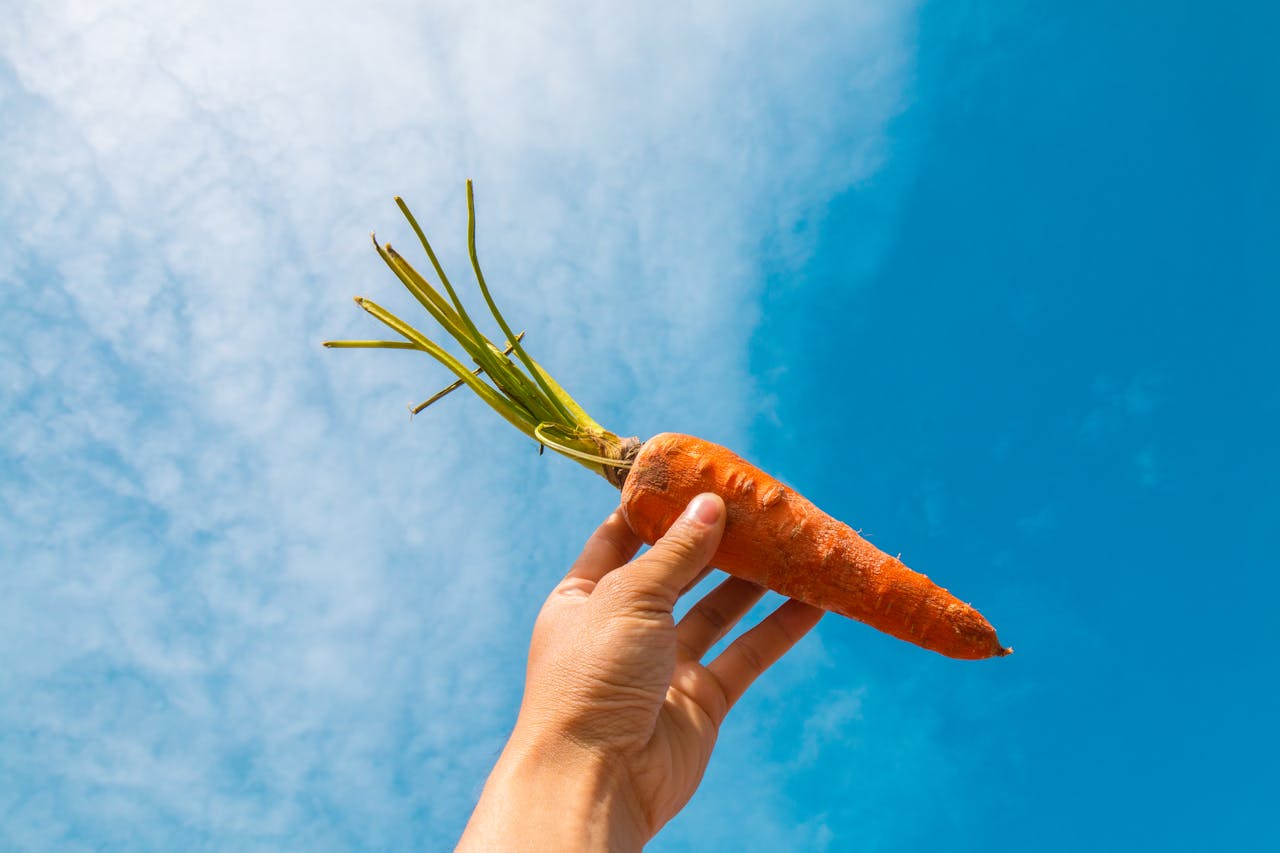Poppies are a delightful and versatile group of flowers that can add a vibrant touch to any garden or arrangement. Here’s a detailed guide on how to grow, care for, and enjoy these beautiful blooms.
Types of Poppies
Poppies come in several distinct varieties, each with its own unique characteristics and growing requirements.
- California Poppies (Eschscholzia californica): These are perennial in USDA zones 8–10 but are often grown as reseeding annuals in other zones. They thrive in full to partial sun and well-drained soil[1].
- Corn Poppies (Papaver rhoeas): These include Flanders and Shirley poppies and are reseeding annuals. They are known for their bright red flowers and are commonly found in fields and along roadsides[1][2].
- Iceland Poppies (Papaver nudicaule): These are short-lived perennials in USDA zones 2–8 but are often grown as annuals. They prefer well-drained soil and regular watering, making them the most cold-loving of the poppy varieties[1][4].
- Oriental Poppies (Papaver orientale): These are perennials in USDA zones 3–8 and produce large, showy flowers in the spring or early summer. They require average to rich, well-drained soils[1].
- Somniferum Poppies (Papaver somniferum): These are annual poppies known for their culinary seeds and beautiful blooms. They include “bread seed” poppies[1].
Sowing Poppies
When to Sow
- For most poppies, it is recommended to sow seeds 4 to 6 weeks before the average last frost date or as soon as the soil can be worked. In mild climates, sowing in late summer to early fall is also effective[1].
- For areas with cool winters, planting in late fall or early winter can lead to blooms in the spring[4].
How to Sow
- Poppies generally do not do well when started indoors due to their sensitive roots. If you must start them indoors, use biodegradable pots to minimize root disturbance and start seeds 6 to 8 weeks before the last frost date[1].
- Sow seeds on the soil surface and lightly rake them into the soil, as light aids germination[1].
Soil and Watering
- Most poppies thrive in poor to average, well-drained soils. However, Oriental poppies perform best in average to rich, well-drained soils and may benefit from the addition of organic material like compost[1].
- Keep the seeds and seedlings well-watered but not waterlogged until they are established. Once established, poppies are drought-tolerant, but occasional soaking can boost bloom production[1].
Fertilization
- Poppies do not usually require fertilizer. However, if the soil is rich in nitrogen, it can lead to excessive leafy growth at the expense of flowers. In such cases, using a phosphorus-rich fertilizer can help balance the soil nutrients and encourage flowering[1].
Weeding and Thinning
- Keep the sown areas well-weeded to prevent competition for nutrients.
- Thin seedlings when they are 1–2 inches tall to give them enough space to grow quickly. Refer to the seed packet for the appropriate spacing between plants[1].
Special Care
- Deadheading (removing spent blooms) can help extend the bloom period. Allowing some flowers to go to seed encourages reseeding[1].
- For Oriental poppies, cutting them back after they bloom can make them look tidier, and their leaves will emerge again in later summer[1].
Cut Flower Care
- To use poppies as cut flowers, dip the stems in boiling water for 10 seconds or singe them in a flame to prevent the stems from being clogged with sap. This helps the stems take up water and last longer in arrangements. Note that California poppies do not hold up well as cut flowers and are best enjoyed in the landscape[1][4].
Most Important Facts About Poppy Flowers
- Varieties: Poppies include California, Corn, Iceland, Oriental, and Somniferum types, each with unique characteristics and growing requirements[1][2][5].
- Sowing Time: Sow seeds 4 to 6 weeks before the last frost date or in late fall/early winter for spring blooms[1][4].
- Soil: Most poppies thrive in poor to average, well-drained soils, except for Oriental poppies which prefer richer soils[1].
- Watering: Keep seeds and seedlings well-watered but avoid waterlogging. Established poppies are drought-tolerant but benefit from occasional soaking[1].
- Fertilization: Avoid excessive nitrogen, and use phosphorus-rich fertilizers if necessary to promote flowering[1].
- Care: Thin seedlings, deadhead for extended blooms, and cut back Oriental poppies after blooming[1].
- Cut Flowers: Treat stems with boiling water or flame to extend their vase life, except for California poppies which do not make good cut flowers[1][4].
By following these guidelines, you can successfully grow and enjoy the vibrant beauty of poppy flowers in your garden or arrangements.



